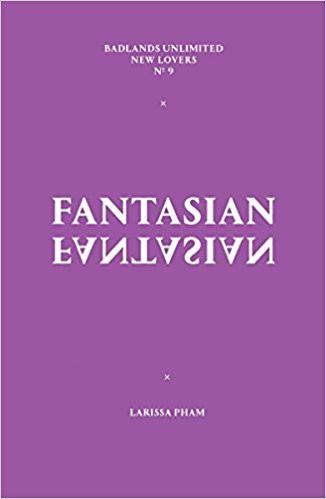Reading Lists
10 Books About Tricks, Pranks, Cons, and Scams
A reading list in honor of April Fools’ Day

Who doesn’t like a good bit of trickery? At least, playful misdirection of a reader’s perspective. Literature both contemporary and classic abounds with tales of pranks played by one character on another, with cons and scams, and of perfidy aplenty. Admittedly, these are often less-than-pleasant for the victim involved, but for the characters pulling them off and the readers witnessing the drama, they’re often exhilarating. With April Fool’s Day on the horizon, here’s a look at 10 notable executors of misdirection, false identities, and unexpected tricks — some pull it all off with comic aplomb, while others create lasting damage.
The Story of My Teeth by Valeria Luiselli
Much of Valeria Luiselli’s novel The Story of My Teeth is narrated by an auctioneer named Gustavo Sánchez Sánchez, and much of the charm of the novel includes attempting to discern the veracity of the stories he recounts. One of the novel’s recurring motifs is the blurring of lines — between stories and reality, between art and truth, between the lives we live and the lives we’d like to lead.
Foucault’s Pendulum by Umberto Eco
Conspiracies and secret societies are everywhere in Umberto Eco’s sprawling Foucault’s Pendulum. It’s something of a meta take on conspiracies, centering first on the creation of a fictional secret society that turns out to be more real than its creators imagined. Foucault pushes the narrative to unexpected places — there are nods to both the Oulipo and cosmic horror — which makes for a dizzying take on the idea of forgeries and deception.
Nightmare Alley by William Lindsay Gresham
William Lindsay Gresham’s novel Nightmare Alley traces the rise and fall of its protagonist, who opens the book working for a carnival and gradually becomes enmeshed in con artistry via the world of spiritualism. Deception and double-crossing abound in this narrative, which concludes on a note as bleak as the titular alley.
Twelfth Night by William Shakespeare
The works of William Shakespeare are packed with mistaken identity, doppelgängers, and bold acts of misdirection. In the comedy Twelfth Night, centered around twins Viola and Sebastian — and Viola’s decision to disguise herself as a man — these ingredients lend the story a flexibility and narrative malleability that has contributed to its enduring cultural presence.
Fantasian by Larissa Pham
Larissa Pham’s novella Fantasian takes the notion of overlapping lives and pushes it to thought-provoking and sometimes disquieting places. The protagonist encounters a woman who is, effectively, her doppelgänger; the two of them, in turn, become connected to a pair of identical twin brothers. The result is a disquieting meditation on identity and trust.
The Ark Sakura by Kōbō Abe
Kōbō Abe’s surreal novel The Ark Sakura is home to true believers and con artists alike; as with many of Abe’s books, it acts as a surreal reflection of the real world. Its central character is obsessed with creating a living space that will occupy the end of the world; among those he encounters is a man selling a peculiar variety of insect that seems to require no sustenance.
Gone Girl by Gillian Flynn
Deception is the foundation of Gillian Flynn’s Gone Girl — from both the characters within the book and the way in which the narrative itself unfolds. One one hand, it’s the story of an ideal marriage that suddenly goes awry; on the other hand, it’s a surreal tale of betrayal, one-upmanship, and revenge — which turns a familiar-seeming “whodunit” tale into something much more sinister.
Runaway by Alice Munro
Alice Munro’s fiction, with its meticulous descriptions of characters’ states of mind and her penchant for temporal jumps, would seem to be an odd candidate for this list. And yet, this story contains the story “Tricks,” which both riffs on Shakespearean mistaken-identity narratives (a production of As You Like It plays a part in the story) and presents a very different spin on the same, to powerful effect.
Ways to Disappear by Idra Novey
At the center of Idra Novey’s Ways to Disappear is an absence: in the novel’s opening scene, a beloved Brazilian novelist climbs a tree and then disappears, setting in motion a selection of unlikely meetings and effusive discussions on the nature of language and translation. Secrets and hidden connections crop up as the novel reaches its conclusion, with plenty of mysteries contributing to the atmosphere along the way.
My Life as a Fake by Peter Carey
Peter Carey’s novel My Life as a Fake was inspired by a real hoax — and it’s one of several books by Carey that explores questions of deception, truth, and trust. (See also: Illywhacker, Theft: A Love Story, and Amnesia.) It’s about the creation of a fictional poet — who turns out to be far less imaginary than his creator envisioned — and the unexpected consequences of this action.










